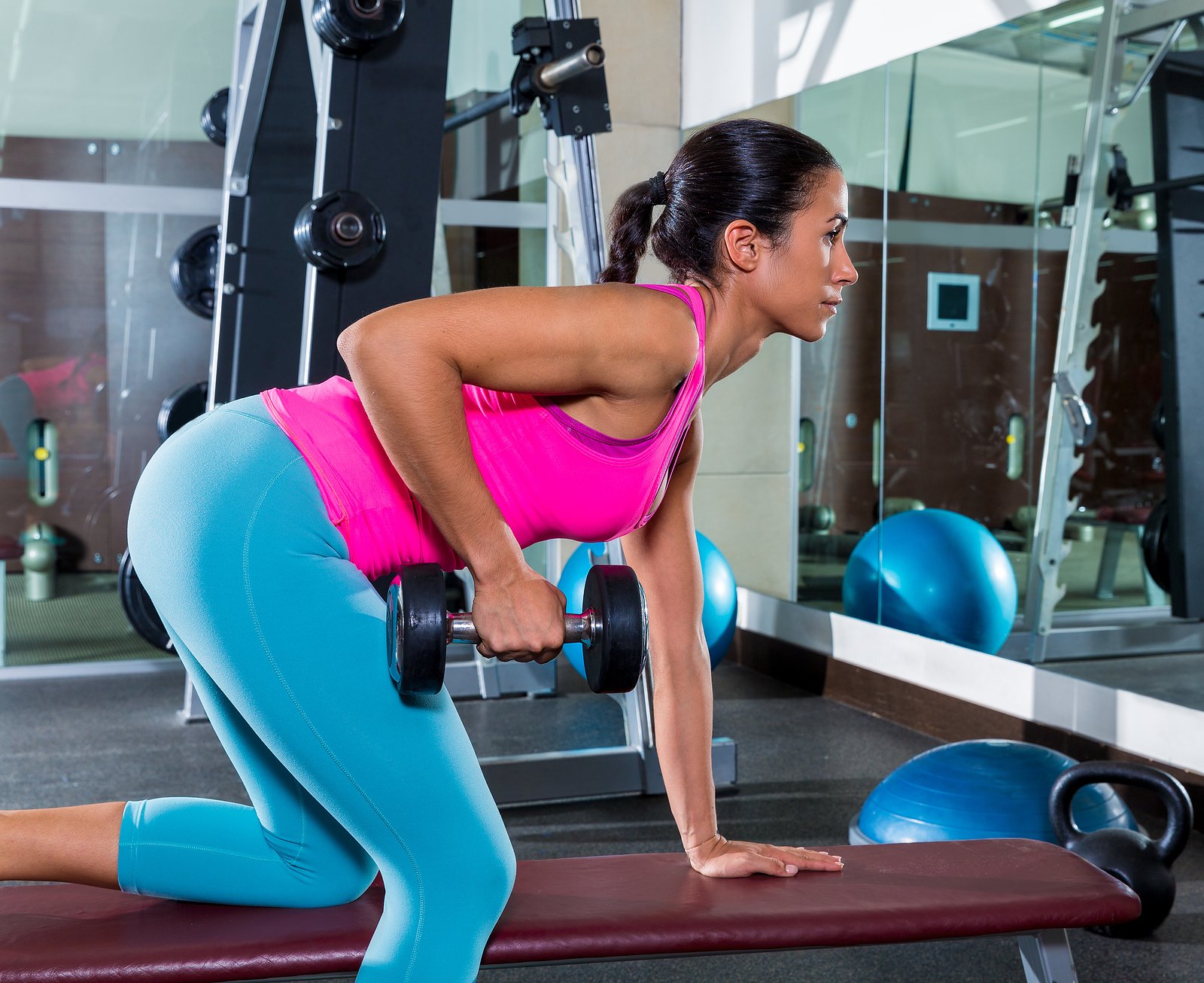
What is functional fitness?
Functional fitness is a style of exercise that focuses on everyday movements (OPEX Fitness, 2023). Instead of focusing on maximal strength with ideal form, functional fitness emphasizes holistic strength and stability paired with bodily control. (OPEX Fitness, 2023). The idea is to be able to do everyday tasks, like lifting, carrying, or throwing something without hurting yourself.
Benefits of functional fitness
With a focus on functional fitness, not only will you still reap the benefits of a traditional workout program, but you’ll have improved mobility, posture, and balance, as well as a lower risk of injury (OPEX Fitness, 2023). Other programs, such as a strength-focused traditional weightlifting plan, may not necessarily incorporate mobility into your workout. Mobility is an important part of a well-rounded exercise routine, as it keeps your muscles functioning in a full range-of-motion and helps keep you limber.
The difference between functional fitness and other workouts
Traditionally, weightlifting often isolates one muscle group at a time, having you seated in an upright or otherwise supported position with a restricted range of motion (OPEX Fitness, 2023). When, in daily life, do we do physical work under these circumstances? The answer is hardly ever, and that’s why functional fitness is so important for maintaining vital strength and mobility. Functional fitness focuses on compound movements: movements that involve more than one joint/muscle group at a time. Oftentimes in functional fitness, you have to recruit other muscle groups in order to maintain proper posture, rather than leaning against a stable support (OPEX Fitness, 2023). For example, a standing bicep curl versus a seated machine curl. When standing, your core has to be braced and your shoulder must be locked in as to isolate your bicep. Whereas with a seated curl, there are pads keeping your arm in the proper position, and the machine keeps the rest of your body from engaging.
How to incorporate more functional movements into your workout
When substituting traditional machine exercises for functional exercises, it’s important to first assume the risks of functional movement. Machines are designed to keep your body in the ideal position in order to properly complete the exercise, and if you’ve used those machines for a while, you may not have experience with things like proper posture or core bracing. Be sure to check in with your club’s personal trainers before you switch up your routine, so they can screen for improper movement.
Because functional fitness incorporates many compound and otherwise unsupported movements, free weights are a great way to get started. Try substituting your seated row for a bent over dumbbell or barbell row. Seated lat pulldowns can be swapped for progressive pull-ups. You can also choose more non-traditional movements, like sled pushes or farmer’s carries that mimic real-life movements. Although many of my clients grumble and groan when I have them pick up heavy dumbbells for farmer’s carries, nearly every one has come in one day and said something along the lines of, “hey, the groceries didn’t feel as heavy when I carried them in today!” Remember, these movements are to help make your daily movement easier and safer.
So, give it a try! At the end of the day, many of us are in the gym because we want to live healthier lives. Whether it means losing fat, increasing our bone density, or even increasing our cardiovascular endurance, exercise is so integral to living a healthy life, and functional fitness is the key to making everyday physical tasks easier.
References
OPEX Fitness. (2023, September 8). What is functional fitness? - A detailed guide. OPEX
Fitness.










